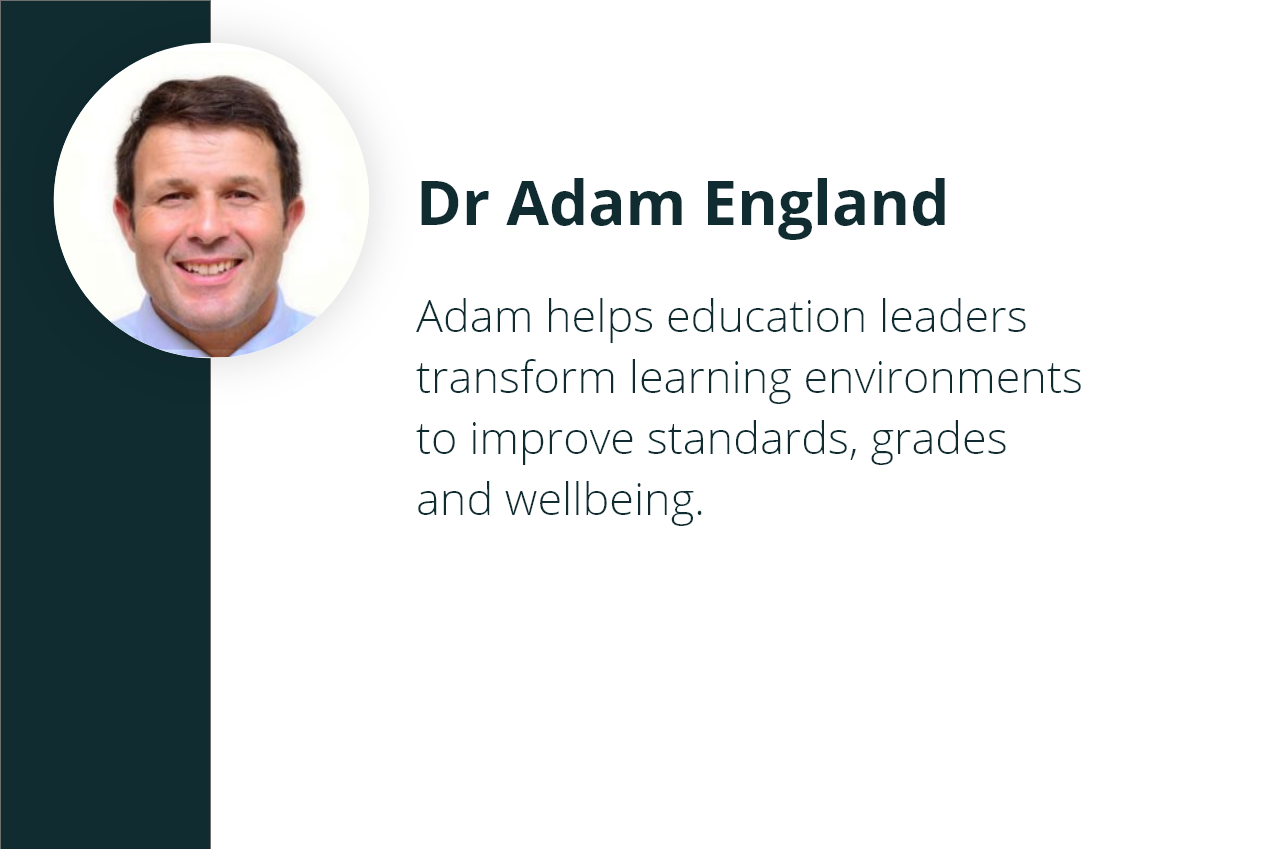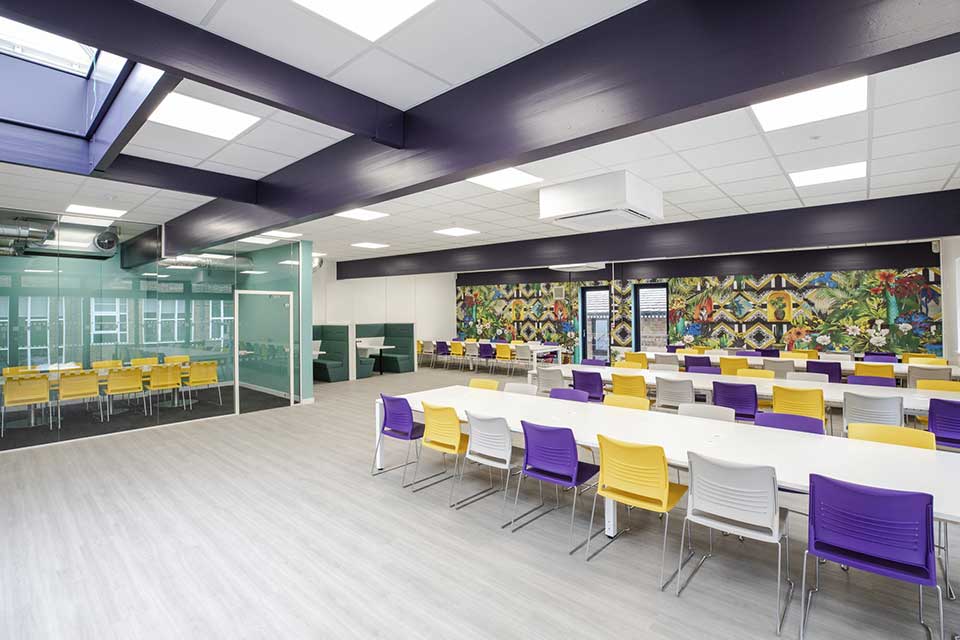10 questions with Noble and Eaton consultant, Dr Adam England

- What are the aims for Noble &Eaton?
Simple – become a market leader for transforming standards in wellbeing and learning while not forgetting there is an altruistic or philanthropic aspect to what we do. If it was all about the money, I’d have stayed in Lagos but UK education and education globally are ripe for self-transformation however that first step won’t happen unless someone guides the sectors forward and we intend to be that someone.
- What are the key issues you expect will come to thefore?
In the UK, it will be a challenge dealing with archaic educational systems and a conservative mindset. Our market will be twofold – a small sector that is ripe to move forward, that understands that our Victorian legacy and heritage are coming to an end and we are at the terminus of a very long and, in recent years, a very decadent journey in British education. Then a much bigger group, an ostrich group which is keeping its head in the sand, fervently hoping everything will be OK and failing to understand the importance of being successful in managing change and moving forward.
- What outcomes do you believe a well-considered consultancy approach could deliver?
The sky is the limit here – with an imaginative, organised and motivated leadership team that has secured the backing of its stakeholders, we could improve standards to a value-added residual of at least +2 grades at GCSE and maybe +1.5, bring everyone’s reading age in line with their chronological age, improve well being and engagement across all key stages, ensure behaviour is 100% positive with a reported rate of bullying at less than 1%, and look to make the UK a global leader in education again.
- What differences do you see between state schools and the independent sector?
The independent sector has more money and has a greater propensity for change because it has to. It’s a competitive industry and nobody wants a neighbouring school to steal a march on standards. Maintained schools, by contrast, are bound by LEA guidelines, and are less progressive in terms of their outlook. That said, there are diamonds and lumps of coal in each of these sectors and the essence is to get the best of each sector liaising strategically with each other to move forward the philosophy of improving standards by transforming learning environments.
- What can schools expect when they engage with N&E?
A bespoke service that begins with an interview that segues into an extensive data capture which in turn supports a tailor-made design from one of our highly experienced designers. Any school will also engage in extensive dialogue with us throughout the process to evaluate the impact of the design and to help the school generate the maximum benefit possible.
- How do you gain a detailed understanding of your client’s vision and aspirations?
It’s vital that we work with clients on the most personal level imaginable. It’s impossible to quantify
any school’s culture, emotional atmosphere and social capital remotely which is why it is essential that initial consultations are face-to-face. One of the issues with the UK’s inspection structure for schools is that it is heavily systems-orientated, and they are not geared to understanding the beating heart of any school hence so many inspection reports fail to capture the true picture of a school’s provision.We have positioned ourselves as far from that model as possible. We understand the need to capture data to nuance learning environments, but we also want to build the essence of our client schools into bespoke designs so that the fabric of the learning environment is a true reflection of the school’s uniqueness and its philosophy. Our emphasis is on being as bespoke as we can by evaluating our client schools’ improvement plans and using the learning environment as the ‘third teacher’ to support the delivery of those plans. Meeting our clients on site for a full walk-around is the most integral part of the initial consultation which is then followed up with an extensive, structured interview to ensure we have fully captured the intricacies and emotional dimension of their vision.
- What do you find most interesting about your new role with Noble &Eaton?
That’s easy to answer: ‘learning and teaching’!
I’m still a teacher at heart, or perhaps a ‘thought adventurer’ is a better description.
Hence, it’s a pleasure to be learning about the best way to embed new technologies and designs into environments to future-proof the delivery of skills and curricular content. It is equally pleasurable to support schools and colleagues within those schools by helping them adjust their teaching and the content and order of the curriculum to accommodate the ever-changing needs of their learners.
- How do you integrate with Envoplan?
We focus closely on bringing our clients’ visions of their school to life using the processes outlined above. We seamlessly relate this strategisation process to our colleagues at Envoplan who take that vision and make it a reality – it’s an inception, conceptualisation, rationalisation, provision and implementation model that suits all our stakeholders.
- How will Noble and Eaton contribute to the development of education over the course of the next 12 months?
We will be enhancing the educational landscape of the UK one school at a time by transforming learning environments to improve standards in learning, wellbeing and the use of technology in schools and colleges. We will also be working closely with our intellectual culture partners in the artificial intelligence, recruitment, facial recognition and design industries to create innovative solutions to current and future educational challenges.
- Any closing message for current or aspiring school leaders seeking to make an impact?
Give Noble and Eaton a call – we’ll help you with your school improvement plan topics. The only way forward is with strategic transformation of learning environments. As we say at Noble and Eaton, Vorsprung Durch Taktik – Progress Through Strategy.



